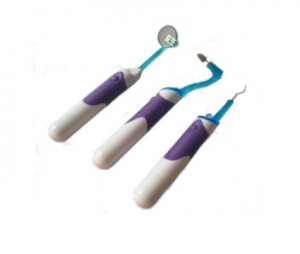Interproximal reduction is the removal of a small amount of enamel from between the teeth to reduce their width. It’s a way to acquire additional space between adjacent teeth to create ideal tooth alignment during orthodontic treatment. Interproximal reduction (IPR) is also known as reproximation, slenderizing, stripping, enamel reduction or selective reduction.
Some patients can be put off by the the idea of having to have their teeth slightly reshaped during orthodontic treatment to achieve ideal results. But, there are many benefits to IPR.
I mentioned that IPR is a way of creating space to improve tooth alignment, but it is also used to improve the bite. I often use IPR to improve the appearance of the teeth for a better aesthetic appearance. In certain cases, it alleviates the need for permanent tooth extractions, and many times, IPR can increase the stability of the teeth so that they are able to retain their placement over time. Further, it can also reduce what we call black triangles. Black triangles are created when there is an absence of gum tissue between two teeth and it looks like there is a dark triangular space or hole between the teeth, even though the teeth may be properly aligned.
To execute interproximal reduction, I typically use either a diamond strip (looks like a slate strip or nail filing strip) and move it in between the teeth, or I’ll use a dental handpiece that looks like a small dremel. IPR is not uncomfortable or painful for the patient in any way, but the sound of the file can cause some unease. It will not lead to and increase in tooth decay or gum disease. The important thing to remember is that IPR is a very safe and effective way of achieving ideal tooth alignment.

